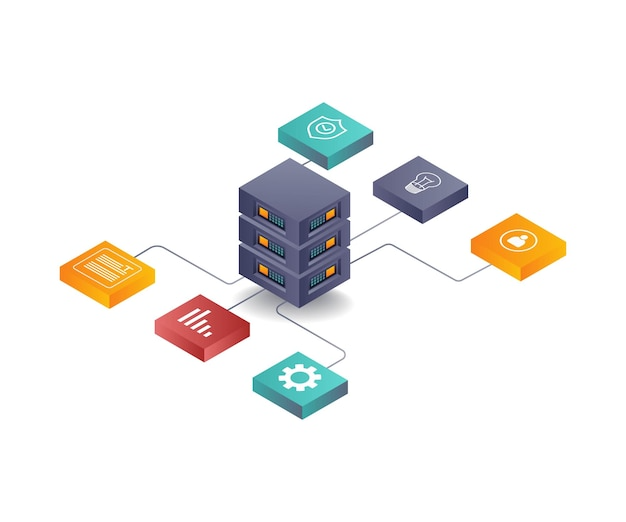- Arrays
- Binary Search
- Recursion and Backtracking
- Dynmic Programming
- Sorting
- Stack and Queue
- LinkedList
- Trees
- HarhMap
- Heap


Introduction to arrays,
accessing elements,
insertion and deletion operations,
multi-dimensional arrays,
applications of arrays
Understanding binary search algorithm,
steps involved in binary search,
time complexity analysis,
implementation in various languages,
applications of binary search
Introduction to recursion,
basic recursion examples,
understanding backtracking,
solving problems using recursion and backtracking,
advantages and limitations
Basics of dynamic programming,
optimal substructure and overlapping subproblems,
solving problems using dynamic programming,
examples of dynamic programming problems,
comparing with other techniques
Introduction to sorting algorithms,
comparison-based sorting,
divide and conquer sorting,
heap sort and its implementation,
performance analysis
Overview of stack and queue,
operations supported,
implementation using arrays and linked lists,
applications (e.g., expression evaluation),
comparison with other structures
Understanding linked lists,
types (singly, doubly, circular),
insertion, deletion, and traversal,
advantages and disadvantages,
applications
Introduction to trees,
types (binary, binary search, AVL),
tree traversal algorithms,
operations on binary search trees,
applications
Hashing and hash functions,
understanding hash map,
collision resolution techniques,
time complexity analysis,
applications in programming and databases
Introduction to heaps,
understanding the heap property,
operations on heaps,
heap sort algorithm,
applications in priority queues and graph algorithms
Why is learning DSA important?
• It enhances problem-solving skills..
• It is a key topic in coding interviews for top tech companies.
• It improves the efficiency of software applications.
• It is widely used in real-world applications like AI, web development, and cybersecurity.
A structured DSA course covers:
• Basic and Advanced Data Structures: Arrays, Linked Lists, Stacks, Queues, Trees, Graphs, Heaps, Hash Tables..
• Algorithms: Sorting, Searching, Recursion, Dynamic Programming, Greedy Algorithms, Divide & Conquer.
• Complexity Analysis: Time and Space Complexity, Big-O Notation.
• Real-world Applications of DSA in Software Development.
• AI-powered Chatbots and Automation
Mastering DSA opens doors to careers in:
• Software Development & Engineering.
• Data Science & AI/ML.
• Backend & Full-Stack Development.
• Competitive Programming & Coding Contests.
• Cybersecurity & Database Management.
Tech giants like Google, Amazon, Microsoft, and Facebook test candidates on DSA in their interviews. A strong grasp of DSA helps solve coding problems efficiently and increases chances of cracking top placements.
Basic programming knowledge (in Python, C++, Java, or JavaScript) is recommended, but beginners can learn DSA with structured guidance and practice.
Popular languages for DSA include:
• C++ (Fast execution, STL support).
• Java (Strong libraries, widely used in industry).
• Python (Easy syntax, great for beginners).
HIIT Ambala provides:
• Hands-on coding sessions to solve real-world problems.
• Expert mentorship for competitive programming and placements.
• Regular coding challenges & hackathons to boost problem-solving skills.
Depending on practice and dedication, it can take 3-6 months to gain proficiency in DSA, especially with structured learning and consistent problem-solving:
Yes! Freelancers skilled in DSA can get projects in algorithm design, data analysis, backend development, AI/ML, and app development. Startups rely on efficient algorithms to scale their products:
To master DSA, practice coding problems on:
• LeetCode (Popular for coding interviews).
• HackerRank (Beginner-friendly practice).
• CodeChef & Codeforces (Competitive programming).
You can register for the DSA program at HIIT Ambala to receive structured training, mentorship, and placement support to become a skilled programmer.